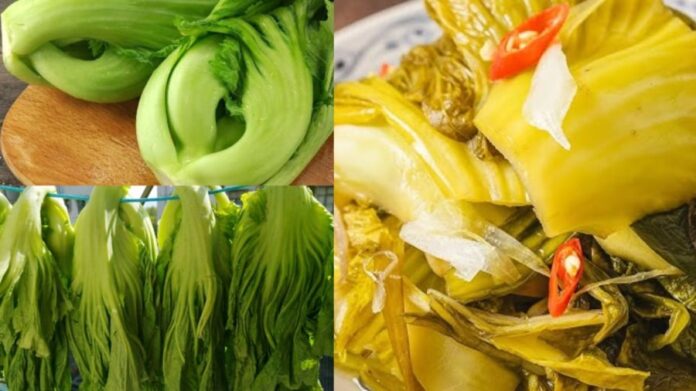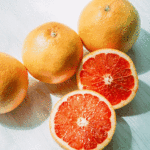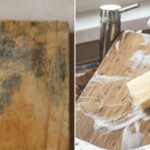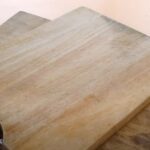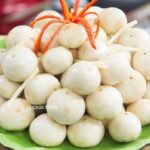Fall is the season for pickled cabbage, a popular dish in many Vietnamese households. This crunchy side dish is a great way to enhance any meal and is often served with a dipping sauce or cooked into a soup or stir-fry, especially during cooler weather.
Interestingly, many people have successfully pickled cabbage using boiling water.
Ingredients
1 kg cabbage
A bunch of scallions
4-5 shallots, bird’s eye chilies (optional, depending on your preference for spice)
Spices: Salt, sugar (optional, depending on whether you want a quicker fermentation)
Clean jars or containers made of glass or porcelain, sterilized by boiling and dried
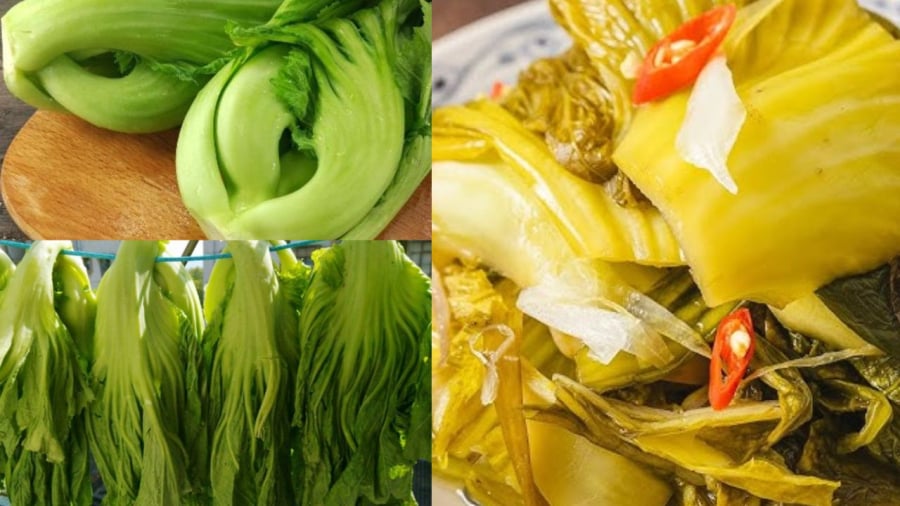
Selecting and preparing the vegetables is crucial
Step 1: Prepare the cabbage
Separate the cabbage leaves, discarding any wilted, damaged, or old ones. Sun-dry the cabbage or, if there is no sun, place it in front of a fan to remove excess moisture. This step will ensure a crunchier pickle.
Clean the scallions, discarding any wilted leaves and roots. The roots can be added to the pickle as they impart a wonderful aroma.
Step 2: Pickle the cabbage
Once the cabbage is slightly wilted, rinse each leaf under running water. After rinsing, cut the cabbage into 3-5 cm pieces or leave them whole, depending on your preference. Rinse again to remove any sliminess that may affect the pickling process. Soaking the cut cabbage in cooled, salted water can help reduce the risk of scum forming.
Cut the scallions into similar-sized pieces as the cabbage. Slice the shallots and chilies (if using).
In a pot, bring enough water to cover the vegetables to a boil, adding salt and sugar to taste. A good rule of thumb is approximately 3 tablespoons of salt per liter of water. Stir to dissolve the salt and sugar.
Mix the cabbage, scallions, shallots, and chilies together and pack them into your prepared jars or containers. Pour the boiling brine over the vegetables, stirring with a chopstick to ensure even distribution. In winter, you can pour the boiling brine directly over the vegetables, but in summer, it’s best to let the brine cool down to around 80°C to avoid softening the cabbage.
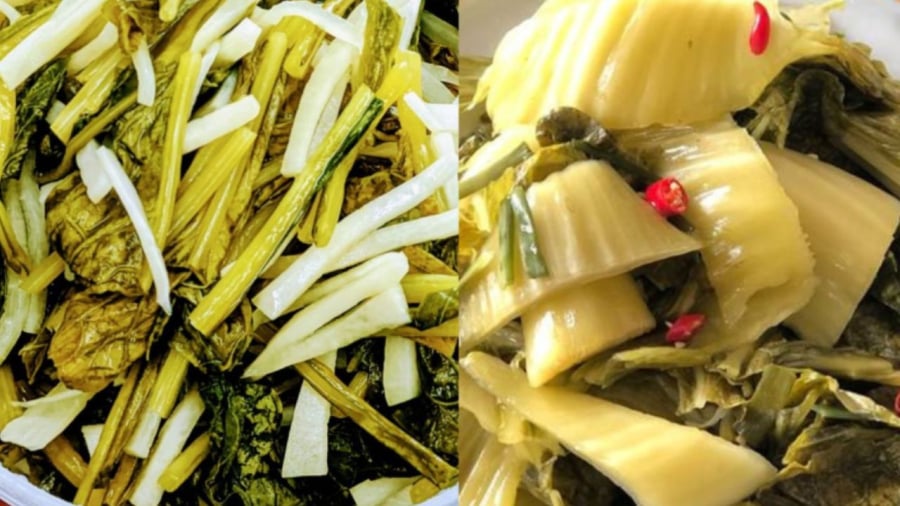
Ensure your pickled cabbage stays mold-free with this tip
Use a weight to keep the vegetables submerged in the brine, as any exposed cabbage will spoil and cause mold. Store the jars in a cool, dry place.
After 2-3 days, your pickled cabbage should be ready to eat, with a beautiful golden color and a crunchy texture.
While it may seem surprising, using boiling water to pickle cabbage is a well-kept secret among many experienced picklers. This method is especially effective for sen cabbage and leaf cassava, accelerating the fermentation process, which is particularly useful during the cold winters of Northern Vietnam.
Tips for achieving the perfect crunchy, golden pickle:
Select mature, high-quality cabbage, avoiding overly green or young cabbage, as these tend to be high in urease, which affects the pickling process and may be harmful. A simple test is to squeeze the cabbage gently; if it feels too soft, it likely has high urease levels.
Clean and rinse the vegetables thoroughly. Soak them in a mild salt solution to remove any dirt and the green liquid that leaks out when cutting. Rinse each leaf individually to ensure they are clean. After cutting, rinse again to prevent sliminess, which can cause spoilage and mold.
Use clean sea salt, dissolving it and filtering out any sediment before using the brine. Avoid using seasoning powder or broth mix, as these can cause spoilage.
Avoid using plastic containers, as they can affect the taste and may be harmful. Glass or porcelain containers are best.
Ensure the vegetables are fully submerged in the brine, as any exposed cabbage will spoil and cause mold.
Do not return leftover pickled cabbage to the jar, as oil and food residue can cause spoilage and mold.
The Ultimate Guide to Cutting Board Care: Sun, Boil or Sterilize?
For moldy cutting boards, timely cleaning is essential to maintain hygiene. It is crucial to address the issue promptly to prevent the spread of mold and bacteria, which can be detrimental to your health. Effective cleaning methods include using a mild detergent or a mixture of vinegar and water, followed by thorough rinsing and drying. Regular maintenance and prompt action are key to keeping your cutting boards sanitary and safe for food preparation.
The Secret to Perfectly Crisp and Delicious White Salted Mustard Greens: A Simple Trick to Ensure They Stay Pristine and Vangiant-Free
“Pickled cabbage is a beloved Vietnamese delicacy with a crunchy, crisp texture and a delightful tang. The secret to achieving this perfect texture and pristine white appearance lies in a special ingredient added during the pickling process. This time-honored technique ensures a truly exceptional culinary experience, and we’re here to reveal the mystery behind it.”


























